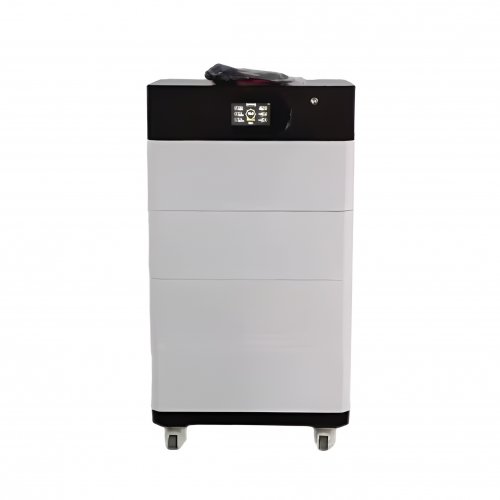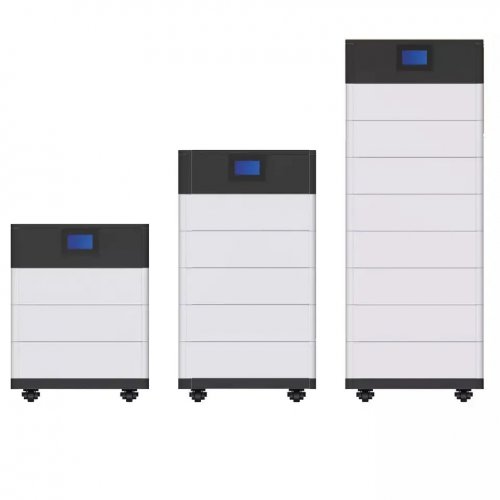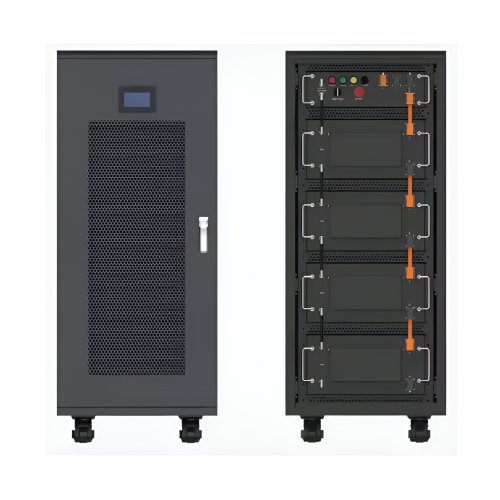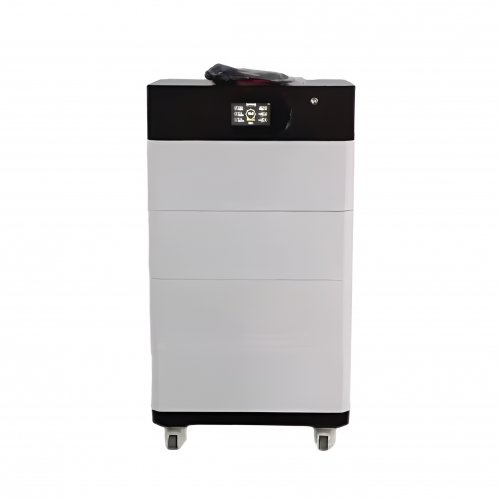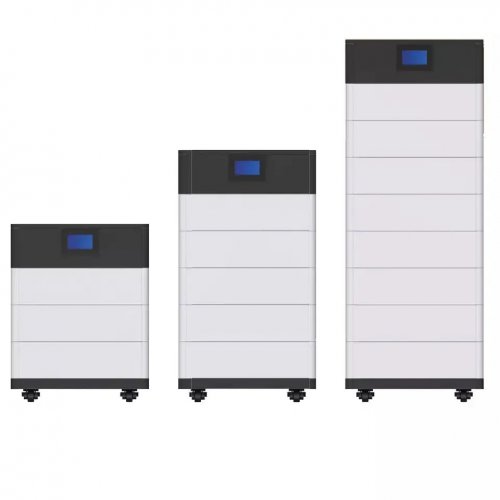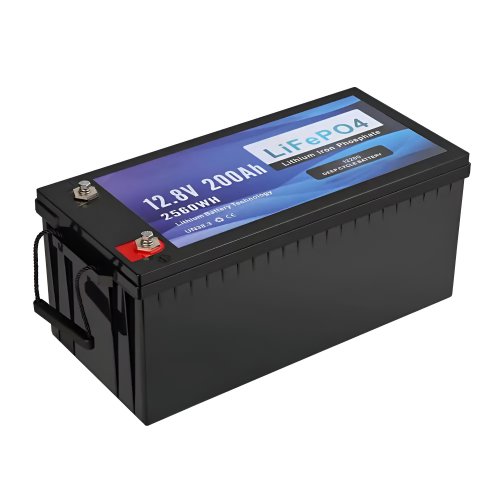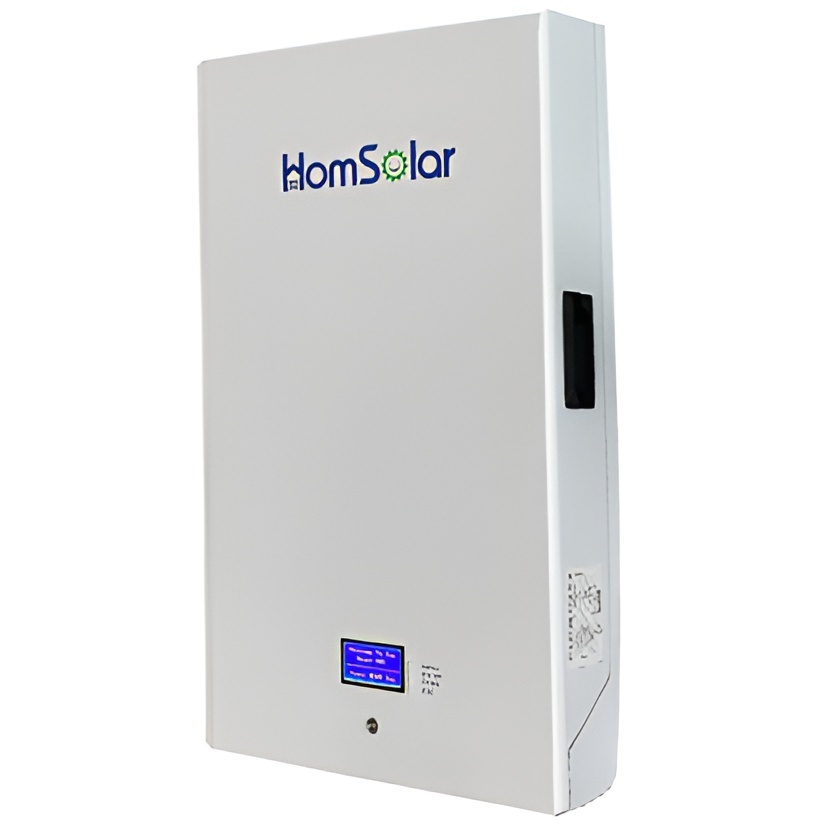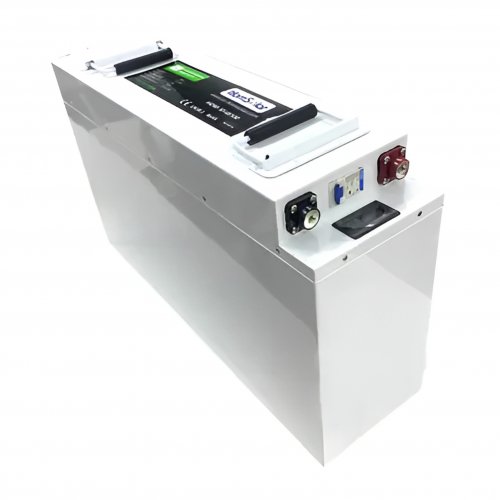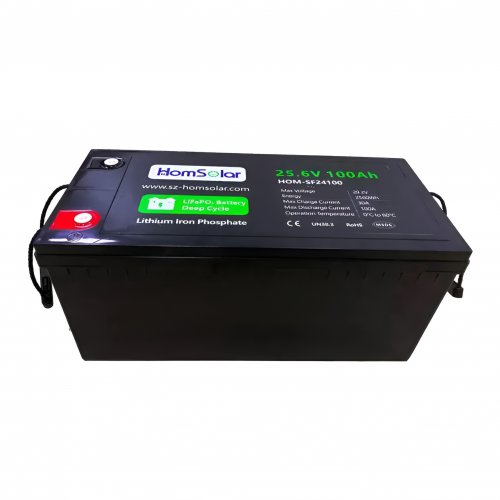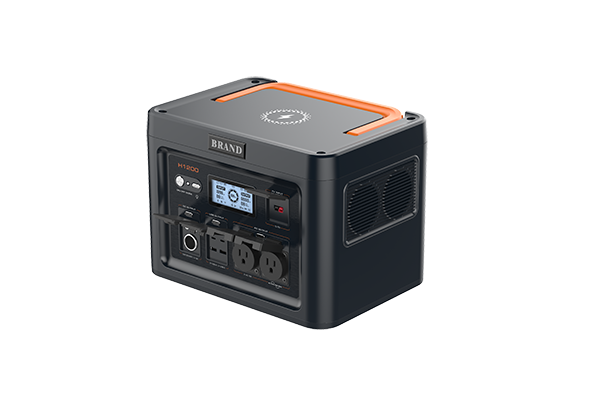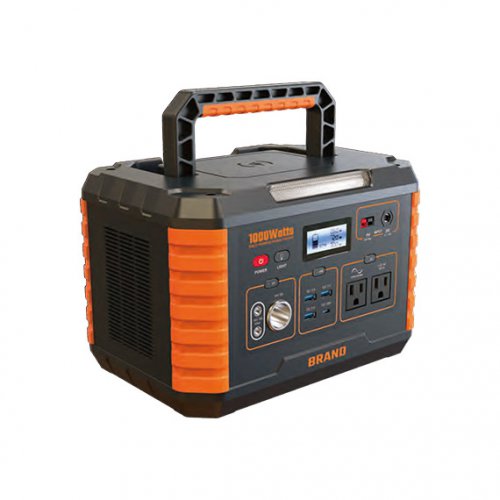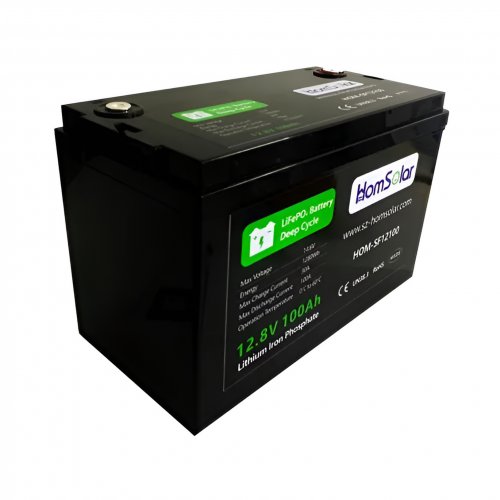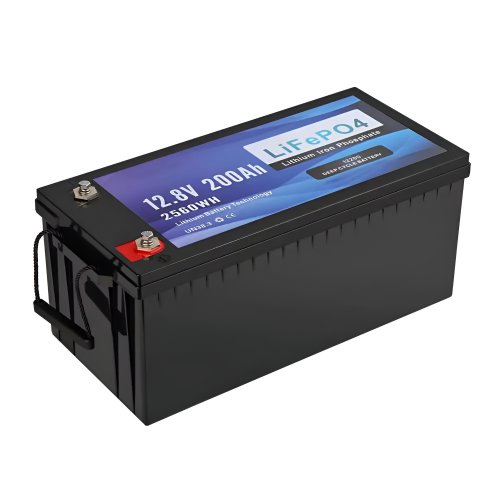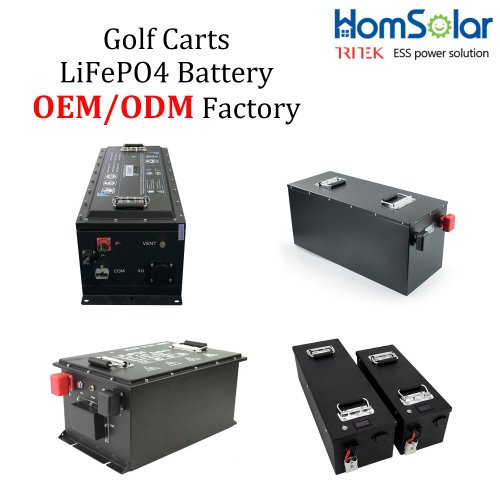Curtailing solar photovoltaics is here to stay, overbuilding PV will become normal
Solar PV is experiencing unprecedented growth on a global scale. According to surveys by IRENA, IEA, GEM, WNA and GWEC, the total installed capacity of solar power in the world surpassed nuclear capacity in 2017, wind in 2022 and hydropower last year. It is expected to surpass natural gas before the end of this year and, maintaining current growth rates of 20% per year, it will surpass coal in 2025, becoming the energy source with the largest installed capacity for generating electricity in the world. At this pace, by the turn of the decade, there will be more solar PV capacity installed on Earth than all the other electricity generation technologies combined.
This exponential growth brings with it significant challenges for the integration of solar energy into the electrical grid. One of these challenges is the phenomenon known as the “duck curve” or variations such as the “canyon curve”, which represents the impact of solar generation on the electrical grid load curve. As solar penetration increases, it becomes increasingly important and necessary to control solar generation to maintain the stability and reliability of the electrical system. In this context, the concept of constrained-off emerges, often used interchangeably with the term curtailment in the international literature (and in national news), and they can be considered as synonyms.
Curtailment entails reducing the output of a renewable resource from what it could have otherwise produced. It can apply to large-scale centralized PV power plants, and to distributed and dispersed generation residential rooftop solar PV systems, where the electrical system operator can remotely shut down large-scale or rooftop solar PV when there is a risk of grid overload. Curtailing PV output at times of high solar irradiance and moderate-low electricity demand will increase as the penetration of solar PV grows.
At larger volumes, curtailment has the potential to undermine the economics of new solar PV projects by reducing revenue certainty for PV plants that sell electricity on the wholesale market. However, modeling in advance of project development would predict this outcome and is presumably taken into account. In any event, prices are low during such periods in a solar-dominated grid and so lost revenue is relatively small.
Persistent curtailment and negative prices stimulate new markets including charging utility batteries, pumped hydro storage and in-factory thermal storage. Frequent daytime negative prices also strongly encourage coal power stations to frequently cycle to low or zero levels of output during daytime in places like Australia. For domestic systems, the use of rooftop solar electricity to charge electric cars, home batteries and hot water storage systems can soak up excess solar electricity.
Countries with greater penetration of photovoltaic generation in the electrical grid have worked to redefine the perception of curtailment and learn to deal with this new reality. Looking at the glass from a “half-full” perspective, curtailment becomes a valuable tool for integrating more renewable energy into the grid. This change in perspective is critical to understanding the role of curtailment in the evolution of electricity systems with high penetrations of intermittent sources such as wind and solar.
Solar output ramping
Short-term variability of the solar resource availability can lead to steep ramps in solar PV generation. At a grid level, weather-related daytime ramps are greatly diluted by distributing large-scale PV power plants over large areas to smooth out solar supply. Additionally, high-quality solar forecasting is available. The steep ramps at sunrise and sunset are predictable, which helps greatly with grid management.
At a local level, a single cloud can move across thousands of rooftop solar systems in a few minutes, which can lead to supply problems. There are many solutions, which are gradually being implemented in leading countries. These include utility-controlled interruptible loads such as air conditioning and the charging of home batteries, EV batteries, and hot water storage. Temporary curtailment of rooftop solar can also be used to reduce ramp rates by taking advantage of high-resolution solar forecasting in cities. Stronger transmission interconnection within and between cities also greatly reduces problems. Quite often, such measures lag behind solar deployment rates, causing temporary problems.
Increasing penetration of both large-scale and rooftop PV is leading to increasing curtailment events. In the recent “Global Patterns of Solar Resource Short-Term Variability Based on Solargis Time Series Data” talk by Solargis during the EU PVSEC in Vienna, the figure below was presented, showing the average number of solar ramps with 400W magnitude. As the figure shows, the steepest ramps are happening in the sunbelt, and there, countries with high PV penetration are curtailing solar generation at a fast pace. Although the distribution of PV power plants over large areas can potentially decrease power output variability due to a spatial smoothing effect, PV power plants naturally tend to be concentrated in regions with the best solar resource availability. With the costs of photovoltaics still declining, solar power plants and rooftop photovoltaic systems will become increasingly widespread, and this problem will naturally be minimized.
Customized/OEM/ODM Service
HomSolar Supports Lifepo4 battery pack customization/OEM/ODM service, welcome to contact us and tell us your needs.


HomSolar: Your One-stop LiFePO4 Battery Pack & ESS Solution Manufacturer
Our line of LiFePO4 (LFP) batteries offer a solution to demanding applications that require a lighter weight, longer life, and higher capacity battery. Features include advanced battery management systems (BMS), Bluetooth® communication and active intelligent monitoring.

Customised Lithium Iron Phosphate Battery Casing
ABS plastic housing, aluminium housing, stainless steel housing and iron housing are available, and can also be designed and customised according to your needs.

HomSolar Smart BMS
Intelligent Battery Management System for HomSolar Energy Storage System. Bluetooth, temperature sensor, LCD display, CAN interface, UART interface also available.


Terminals & Plugs Can Be Customized
A wide range of terminals and plugs can be customised to suit the application needs of your battery products.

Well-designed Solutions for Energy Storage Systems
We will design the perfect energy storage system solution according to your needs, so that you can easily solve the specific industry applications of battery products.



About Our Battery Cells
Our energy storage system products use brand new grade A LiFePO4 cells with a battery lifespan of more than 4,000 charge/discharge cycles.



Applications in Different Industries
We supply customized & OEM battery pack, assemble cells with wiring, fuse and plastic cover, all the cell wires connected to PCB plug or built BMS.
Applications: E-bike, Electric Scooter, Golf Carts, RV, Electric Wheelchair, Electric Tools, Robot Cleaner, Robot Sweeper, Solar Energy Storage System, Emergency Light, Solar Power Light, Medical Equipment, UPS Backup Power Supply.
We can provide you with customized services. We have the ability to provide a vertical supply chain, from single cells to pack/module and to a complete power solution with BMS, etc.


HomSolar (Shenzhen) Technology Co., Ltd







